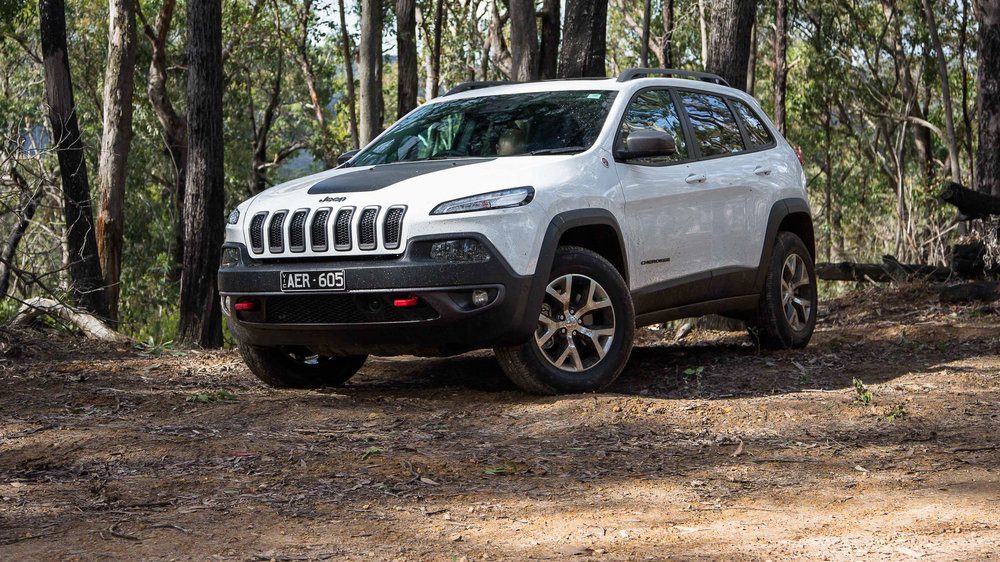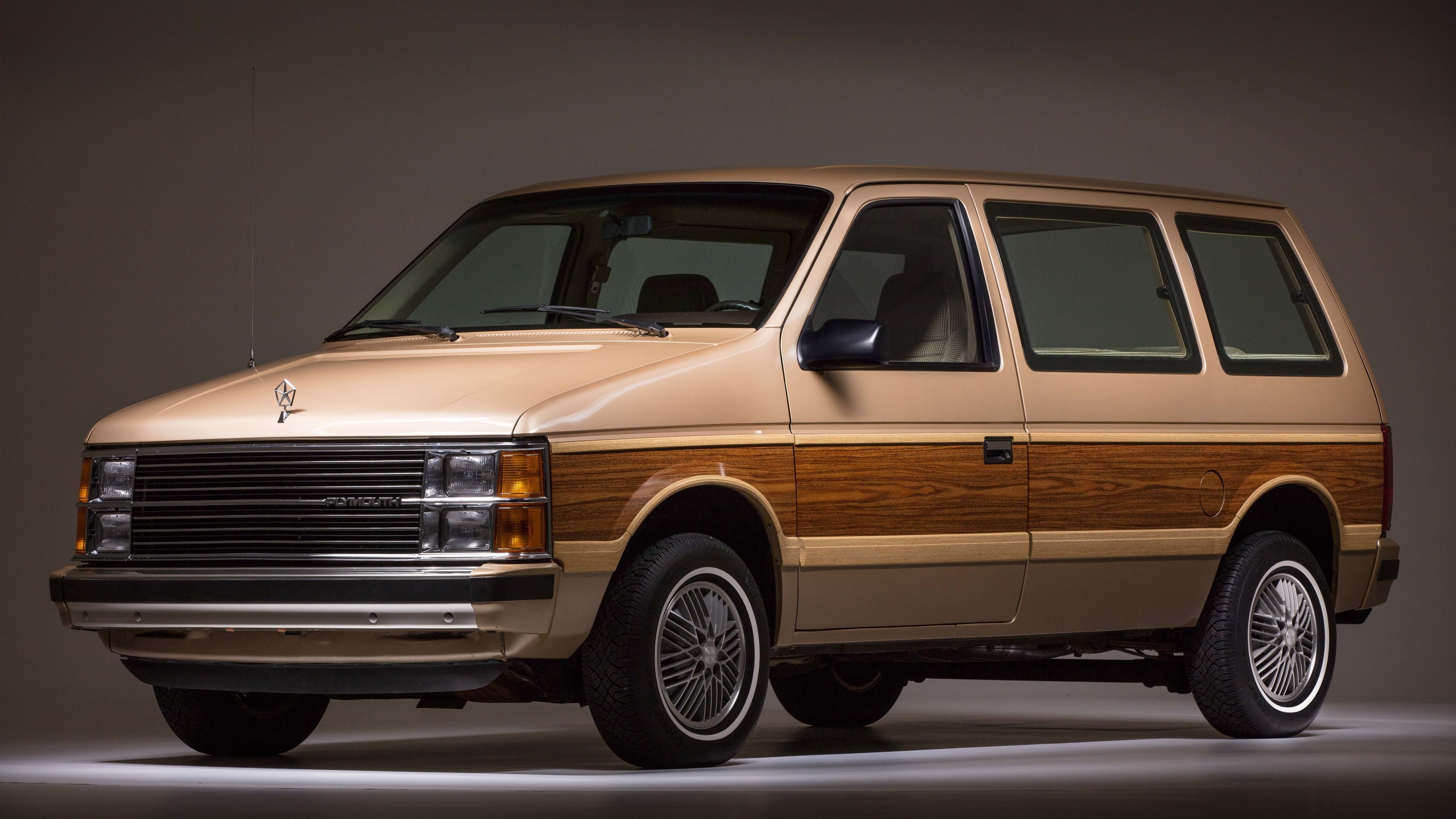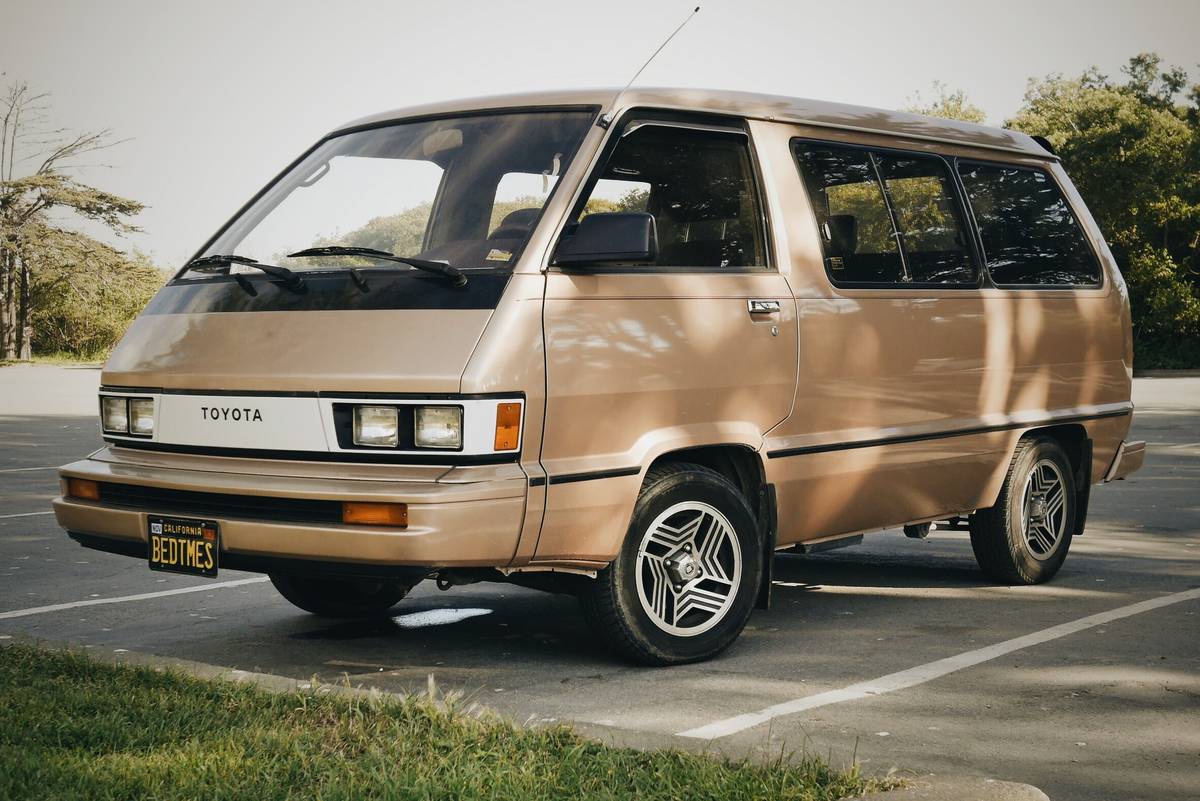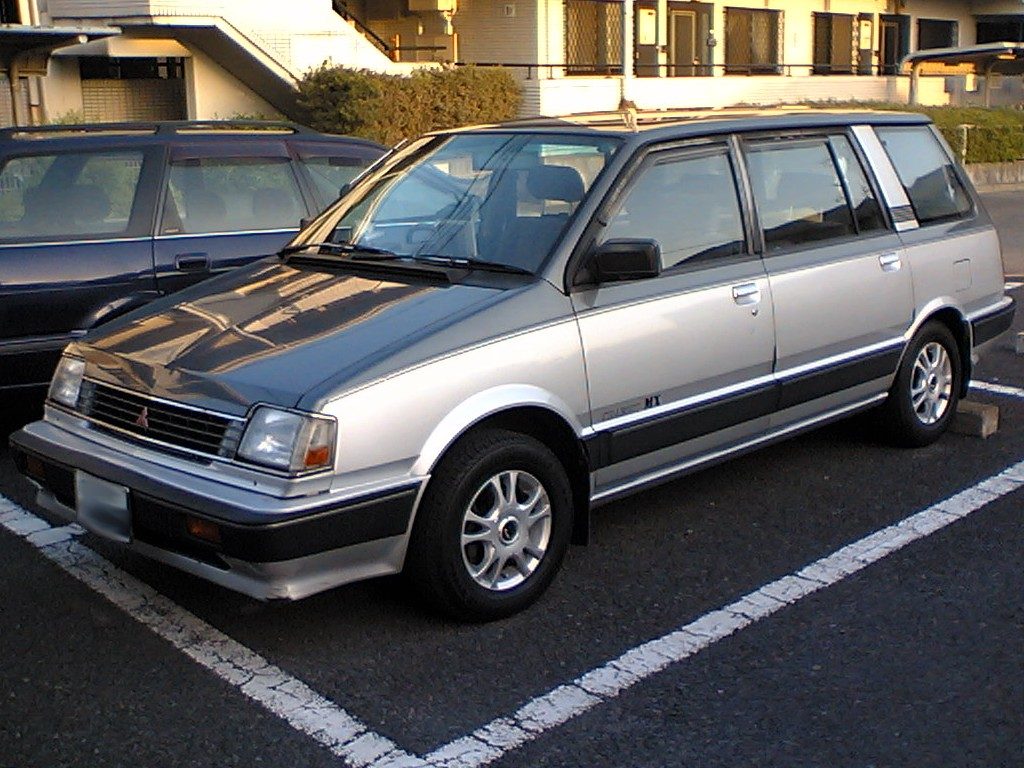- 4,924

- United States
- Stawookie
Not sure but it seems like a lot of people I know in person don't agree with me on this.
IMO the Bugattis form the prewar days are much more special and plain more awesome than ones from the 21st century.
Sure the new Bugattis are spectacular cars and I'd love to own a Chiron or Veyron any day but I'd still prefer their classic models for a few reasons:
1. They are gorgeous automobiles
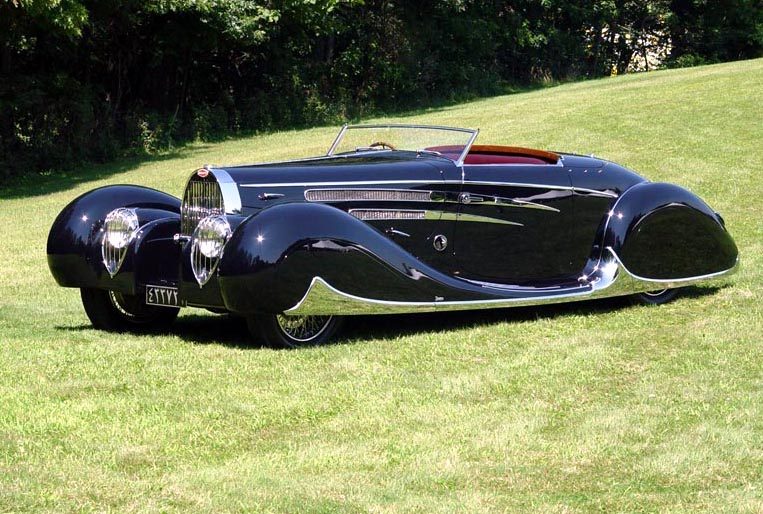
Many of the ultra luxurious Bugattis of the '20s and '30s were rolling museum pieces. They didn't have many governmental regulations preventing designers to design almost anything.
2. They were very rare, coach-built cars
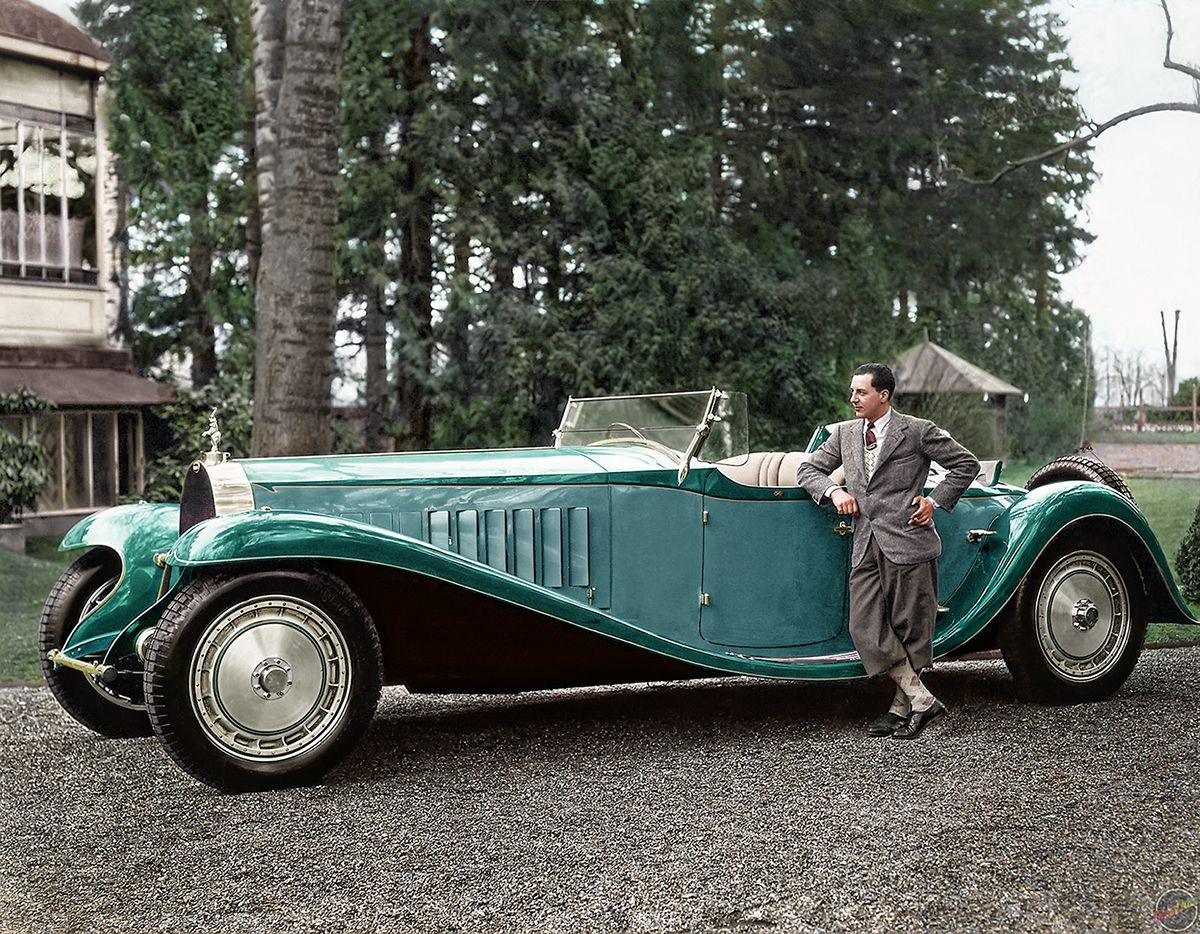
This is a colorized photograph of the famous Bugatti Royale "Esders" Roadster of 1932. There were only 7 Bugatti Type 41 Royale chassis' made. This car, was one off car owned by Dr. Armand Esders. He bought the chassis for about $20,000 and had the body coach built for him. He wanted his car to not have headlights because he believed nobody should drive at night.
Bugattis these days lack that extreme rarity and sense of owning something truly tailored to you and special.
3. Vintage Bugattis were VERY unusual
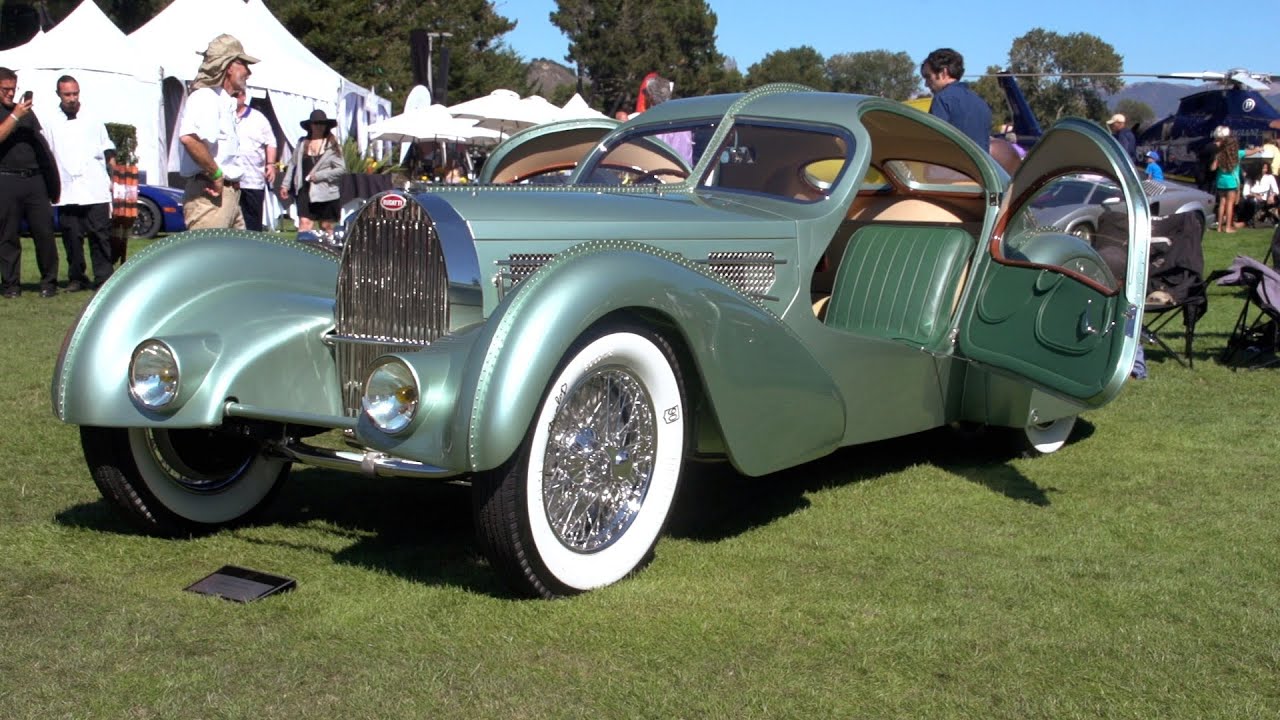
The 1935 Type 57 Aerolithe Coupe used an Elektron metal for its body panels. It is a very durable and lightweight metal however extremely flammable in very high heat so it cannot be welded. So Jean Bugatti's solution was to rivet all of the body panels and created a very beautiful, art deco, and unorthodox look.
3. They had a great racing history (no explanation needed)
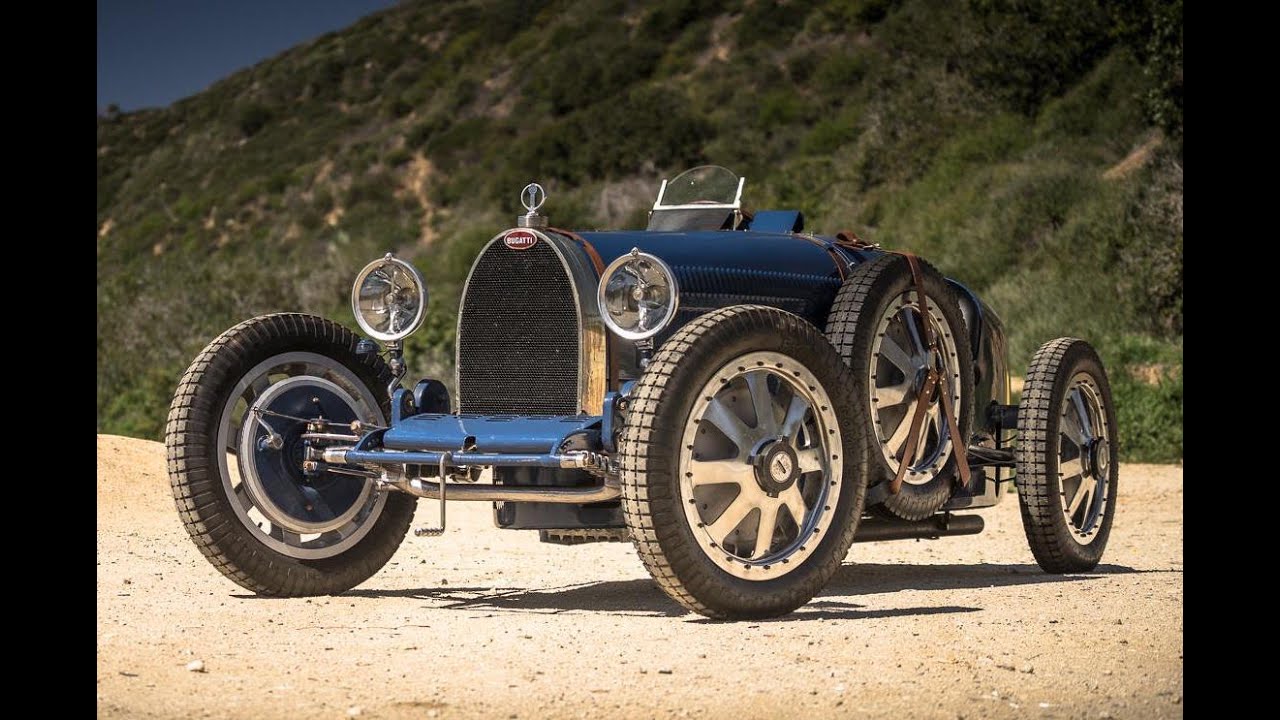
1927 Type 35 GP

1955 GP 251
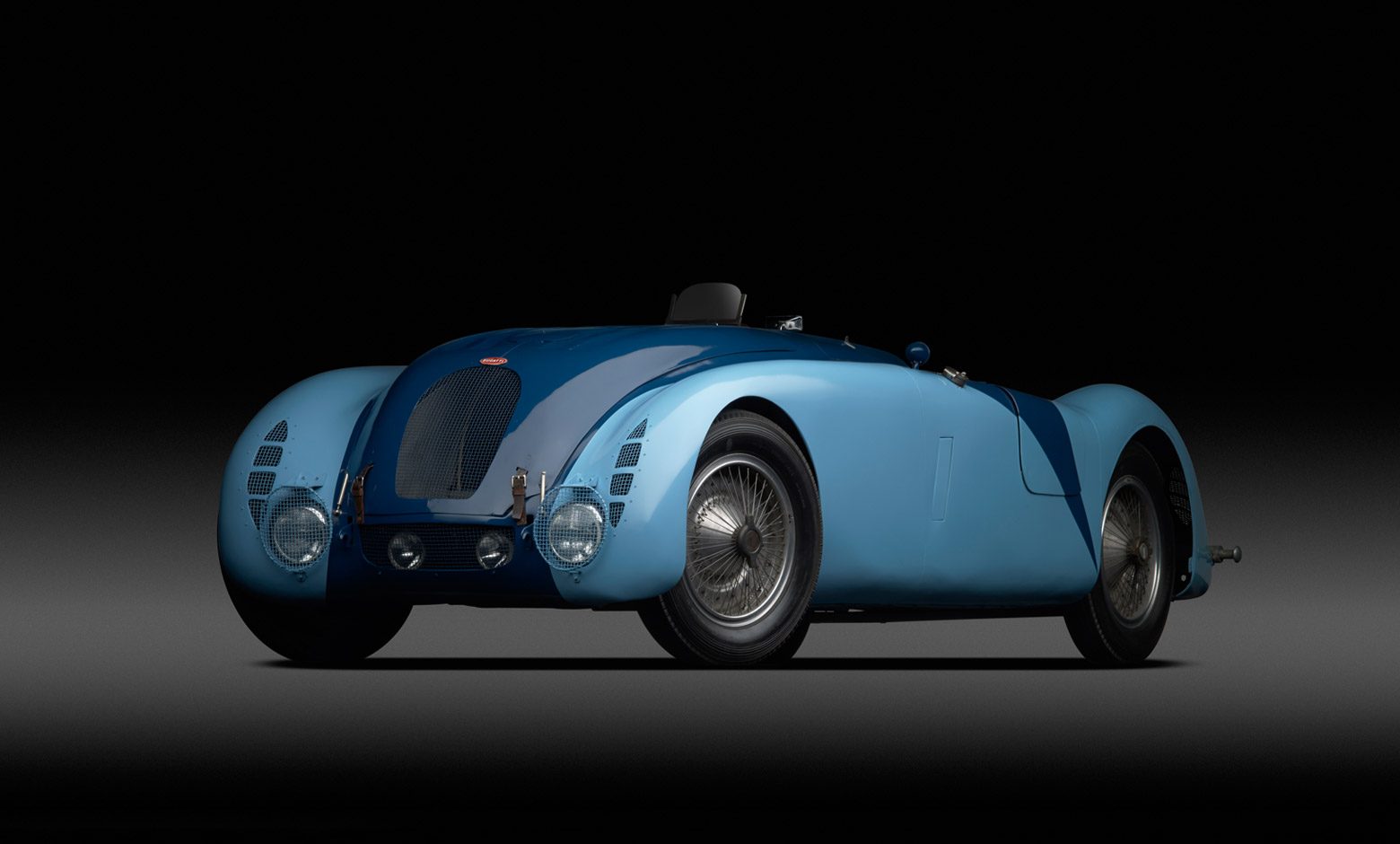
1936 Type 57G "Tank"
IMO the Bugattis form the prewar days are much more special and plain more awesome than ones from the 21st century.
Sure the new Bugattis are spectacular cars and I'd love to own a Chiron or Veyron any day but I'd still prefer their classic models for a few reasons:
1. They are gorgeous automobiles

Many of the ultra luxurious Bugattis of the '20s and '30s were rolling museum pieces. They didn't have many governmental regulations preventing designers to design almost anything.
2. They were very rare, coach-built cars

This is a colorized photograph of the famous Bugatti Royale "Esders" Roadster of 1932. There were only 7 Bugatti Type 41 Royale chassis' made. This car, was one off car owned by Dr. Armand Esders. He bought the chassis for about $20,000 and had the body coach built for him. He wanted his car to not have headlights because he believed nobody should drive at night.
Bugattis these days lack that extreme rarity and sense of owning something truly tailored to you and special.
3. Vintage Bugattis were VERY unusual

The 1935 Type 57 Aerolithe Coupe used an Elektron metal for its body panels. It is a very durable and lightweight metal however extremely flammable in very high heat so it cannot be welded. So Jean Bugatti's solution was to rivet all of the body panels and created a very beautiful, art deco, and unorthodox look.
3. They had a great racing history (no explanation needed)

1927 Type 35 GP
1955 GP 251

1936 Type 57G "Tank"

